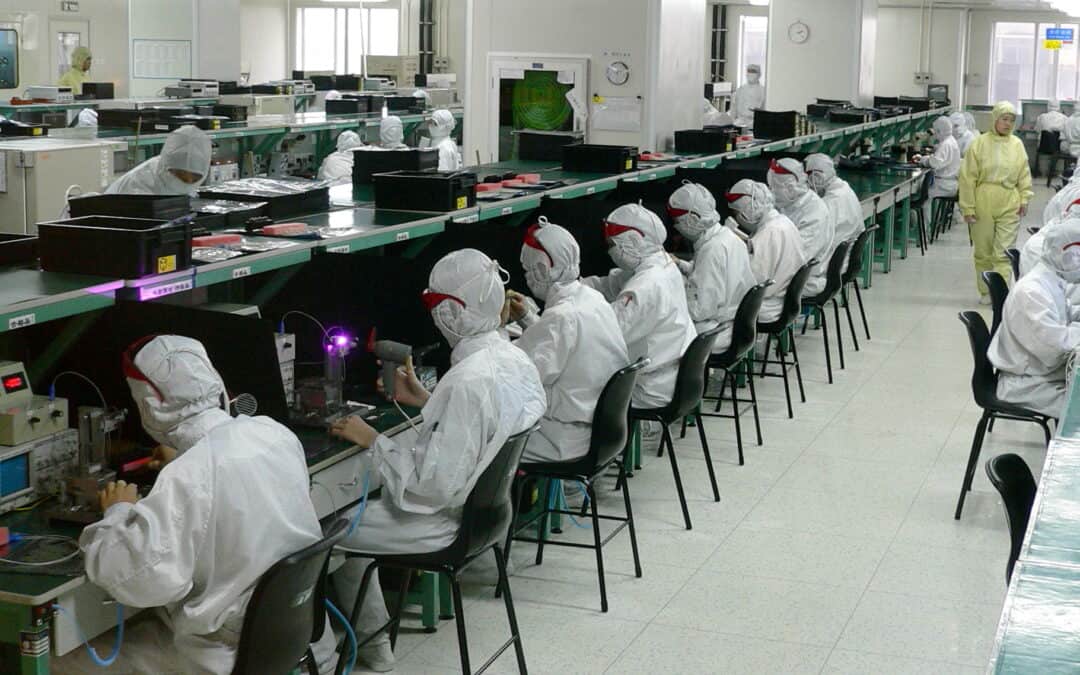Desiccant dehumidifiers represent a sophisticated approach to moisture control, diverging from the conventional refrigerant-based dehumidification method. Ideal for a wide range of climates, especially areas with low temperatures and low humidity levels, desiccant dehumidifiers excel in maintaining dryness. This article explores the inner workings of desiccant dehumidifiers, illustrating how they efficiently remove moisture from the air.
The Basics of Desiccant Dehumidification
Unlike refrigerant dehumidifiers, which cool air to remove moisture, desiccant dehumidifiers use a desiccant material to absorb moisture from the air. Desiccants are substances that naturally attract and hold water vapor. Commonly used desiccants include silica gel, which you might find in small packets used to keep electronics and food products dry.
The Process of Desiccant Dehumidification
Air Intake
The desiccant dehumidifier begins its process by drawing in moist air from its surroundings using a fan.
Moisture Absorption
The moist air then passes through a rotating wheel filled with desiccant material. As the air moves through the desiccant, moisture is absorbed by the desiccant material, and dry air is expelled back into the room.
Desiccant Regeneration
The absorbed moisture must be removed from the desiccant material to maintain the dehumidifier’s efficiency. This is achieved by heating a portion of the desiccant wheel (regeneration segment) to release the trapped moisture into a separate air stream. This moist, hot air is then vented outside the room or building.
Continuous Operation
The desiccant wheel rotates continuously, moving through the air intake (moisture absorption) and heated air (regeneration) segments. This process allows the dehumidifier to continuously absorb moisture from the air while simultaneously regenerating the desiccant material.
Key Advantages of Desiccant Dehumidifiers
Effective at Low Temperatures
Desiccant dehumidifiers do not rely on cooling air to condense moisture, making them highly effective in environments where refrigerant models might struggle, such as in cold storage areas or climates with cold winters.
Energy Efficiency
In certain conditions, particularly where the expelled heat from the regeneration process can be used to benefit the surrounding environment, desiccant dehumidifiers can offer superior energy efficiency.
Consistent Performance
These dehumidifiers can maintain a consistent level of dryness, unaffected by fluctuations in temperature or humidity levels, ensuring a stable environment that is crucial for sensitive operations, like in pharmaceutical or food processing industries.
Versatility
The ability to control both humidity and temperature independently makes desiccant dehumidifiers versatile tools for various applications, from industrial and commercial settings to residential basements and archives.
Conclusion
Desiccant dehumidifiers provide an efficient and reliable solution for maintaining low humidity levels across diverse environments. By leveraging the moisture-attracting properties of desiccant materials, these dehumidifiers offer a continuous cycle of air drying without the limitations associated with temperature that affect refrigerant dehumidifiers. Whether for industrial applications, sensitive storage needs, or enhancing comfort in living spaces, desiccant dehumidifiers stand out for their ability to deliver optimal humidity control effectively.




